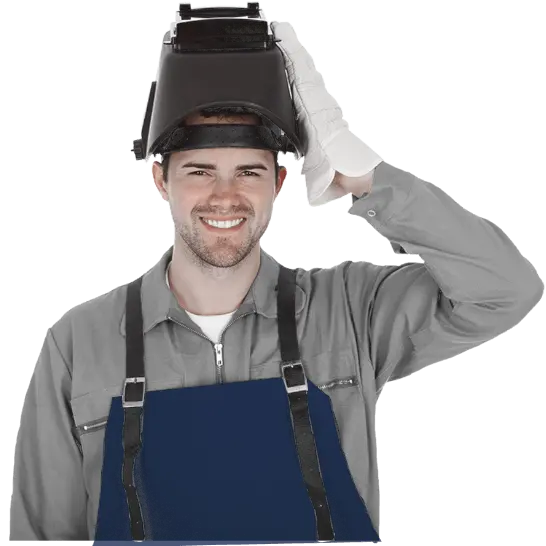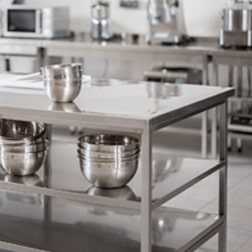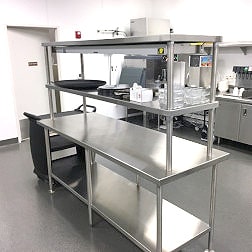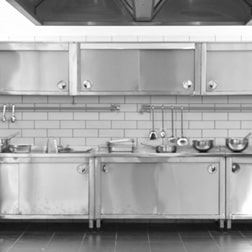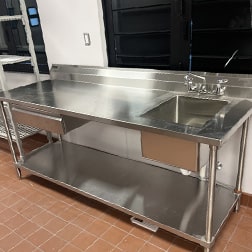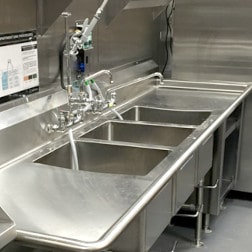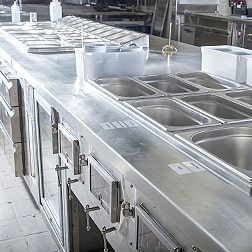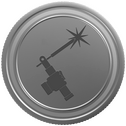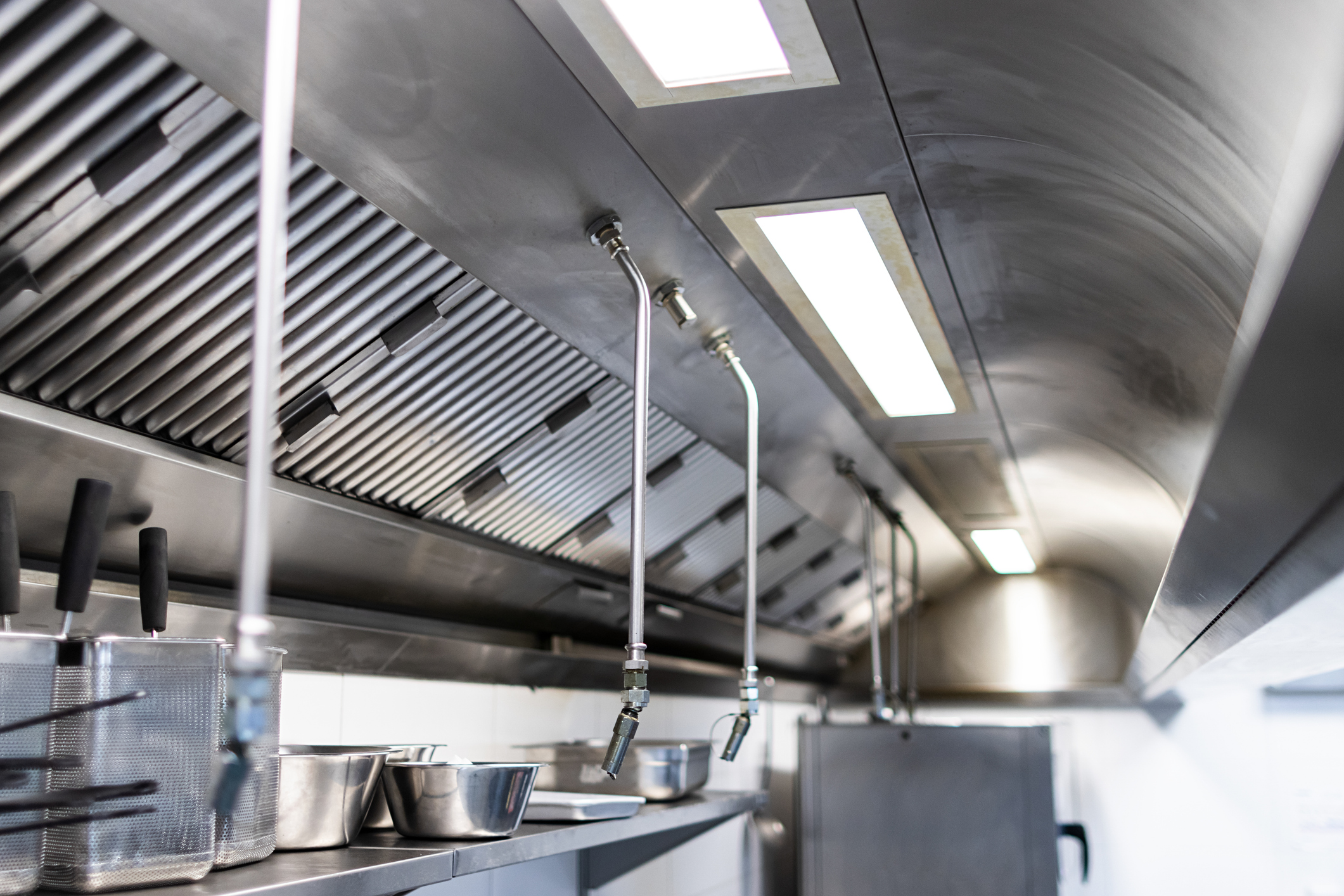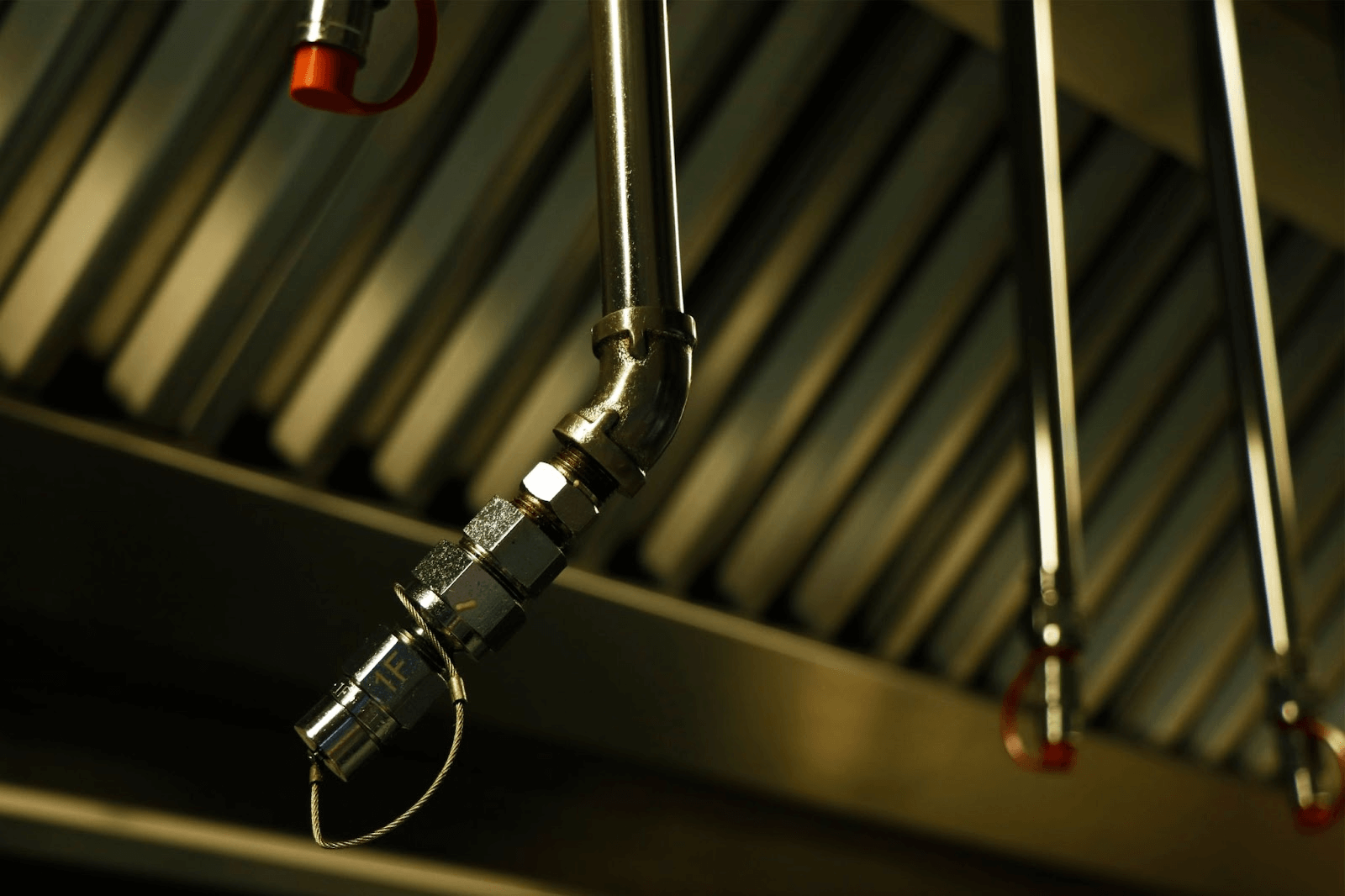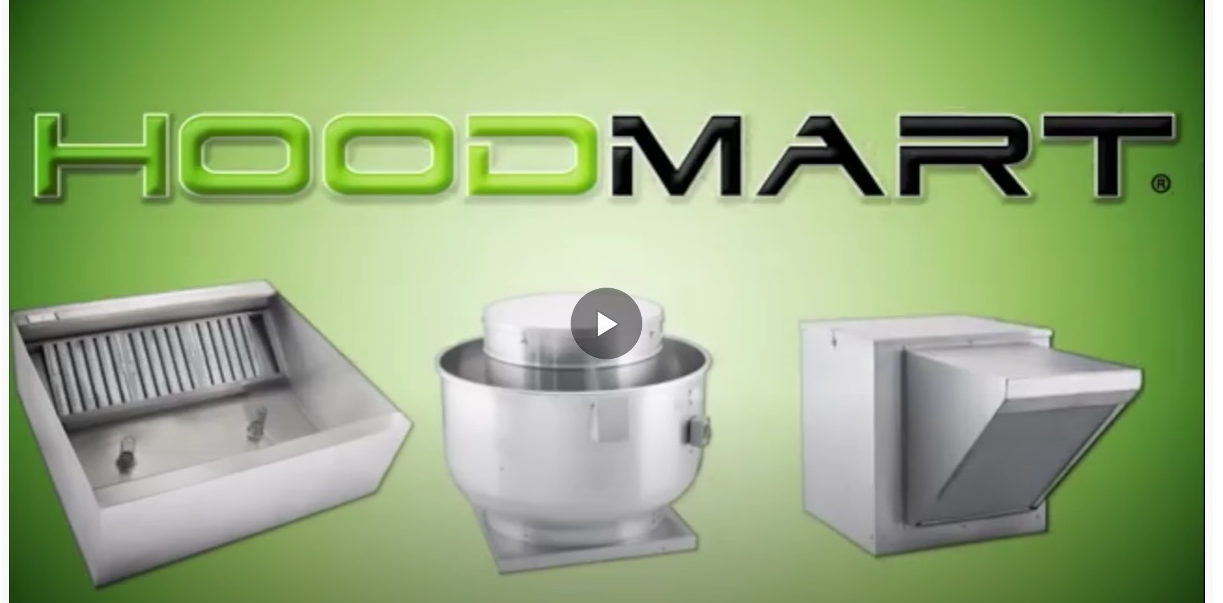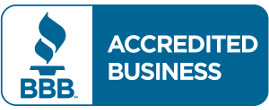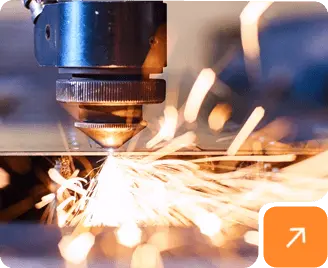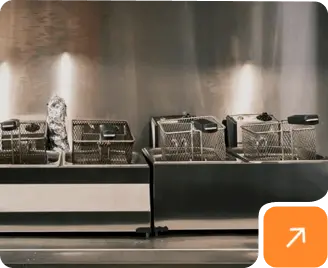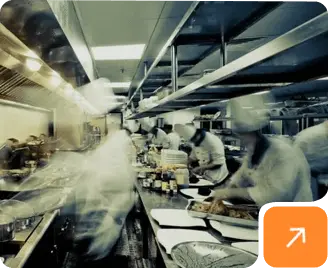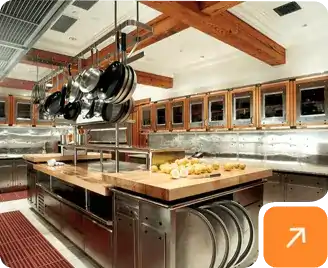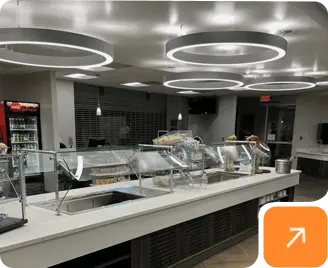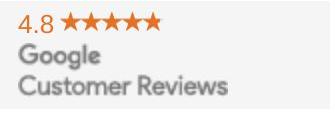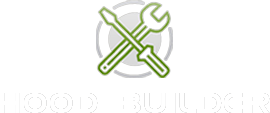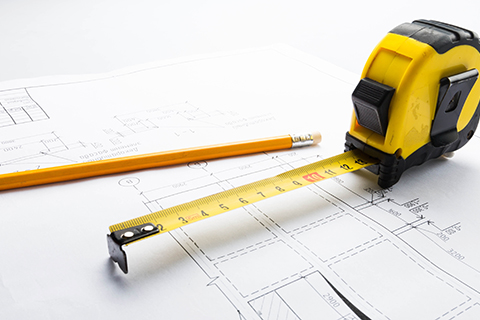
There comes a time in every restaurant kitchen’s life - whether it’s the initial build out, a planned kitchen upgrade, or an emergency equipment upgrade - where a new restaurant exhaust fan will need to be installed. Whenever you are choosing a new exhaust system it is always important to know how to choose the correct sized exhaust fan for your specific kitchen application. If the exhaust system is too small then it may not properly filter the air and could leave behind grease, dust, smoke, and other airborne particles. If your exhaust system is too large the system may pull too much power then is required and could cause a power drain on other kitchen appliances and resources in the kitchen. Here is what you need to know when choosing the correct exhaust hood size.
1) CFM - Cubic Feet per Minute
CFM is the amount of air that an exhaust fan pulls out from the kitchen space. If the CFM is too weak then the exhaust system may not be strong enough to exhaust out grease, moisture, heat, and other airborne contaminants out of the kitchen space. When the CFM is too strong is can cause negative pressure and drafts throughout the kitchen space.
2) Size & Location
The first component of any exhaust system is the exhaust hood itself, so knowing the proper size and location of your exhaust hood is crucial. Find where the exhaust hood needs to be installed over your kitchen equipment, and then measure out the correct size fan to fit the mounting location. The ideal location will compliment both the location and the design of your exhaust hood.
3) Type of Equipment
The type of cooking and cooking appliances that will be in the kitchen play a factor when determining the right size exhaust fan. When you are deep frying, grilling, or any type of cooking that uses grease you will need a stronger powered exhaust fan that can handle exhausting grease, smoke, heat, and odors that are produced by those kitchen appliances. When solid fuels such as wood-fire ovens are used for cooking they release have creosote particulates and other airborne contaminants so a stronger exhaust fan may be needed in these cases as well.
4) Ductwork
Ductwork is what connects your exhaust hood system to the outside of your building. Depending on the location of the exhaust hood you may need an extended length of ductwork, and this will require a powerful fan that is strong enough to exhaust the old air across the length of ductwork and push the clean air back into the kitchen. The longer the ductwork, the more powerful the fan that will be needed.
5) Roof Curb Sizing
When installing a new exhaust hood system you will need to determine the proper size roof curb for your set up. A contractor can generally help determine this, however just know that the roof curb size could take into account the style and slope of the restaurant roof, the location of the roof curb, and other factors. Luckily if you are just upgrading your system then simply go off of the roof curb sizing of your previous set up and you should be good to go.
After taking the CFM, Size & Location, Type of Equipment, Ductwork, and the Roof Curb Sizing into account you should be able to come up with a pretty good idea of just how strong / powerful your overall exhaust hood system needs to be. If you are still confused, or have any questions, HoodMart specialists are available to help answer any questions you may have and to guide you through the process of purchasing the perfect exhaust hood system for your restaurant or commercial cooking space. HoodMart provides our customers with a wide range of exhaust hood systems - from Compensating (Short Cycle) to Perforated Supply Plenum PSP - as well as all exhaust hood accessories such as no weld Grease Duct, hood filters, canopy hood lights, and curbs. Our walk-in selection offers coolers and freezers from quick ship to custom. If you have questions regarding the purchase of your hood system or walk-in, please feel free to contact one of our experts today by calling us at 1.855.411.6386 or by contacting us through our live chat system.



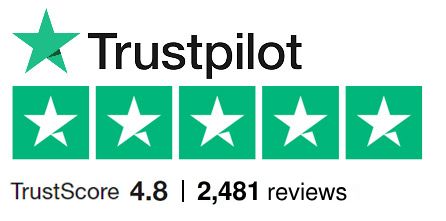




 CUSTOM FABRICATOR
CUSTOM FABRICATOR